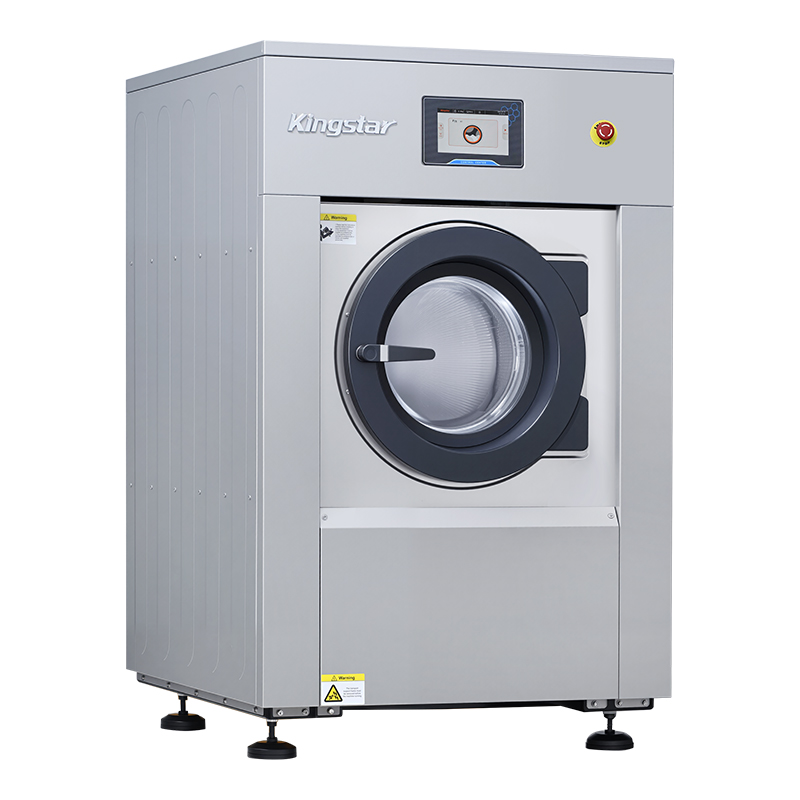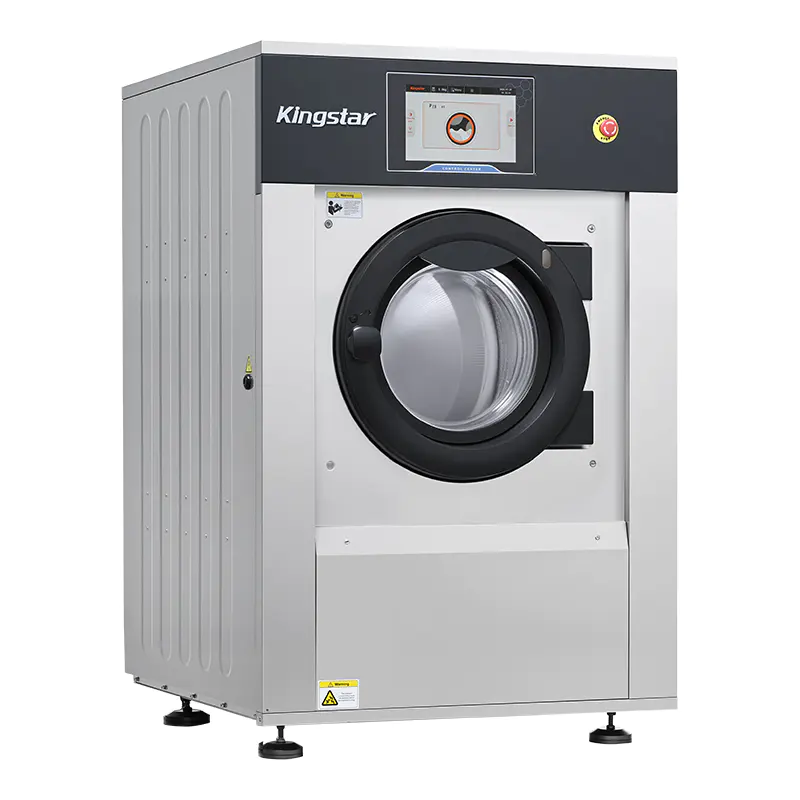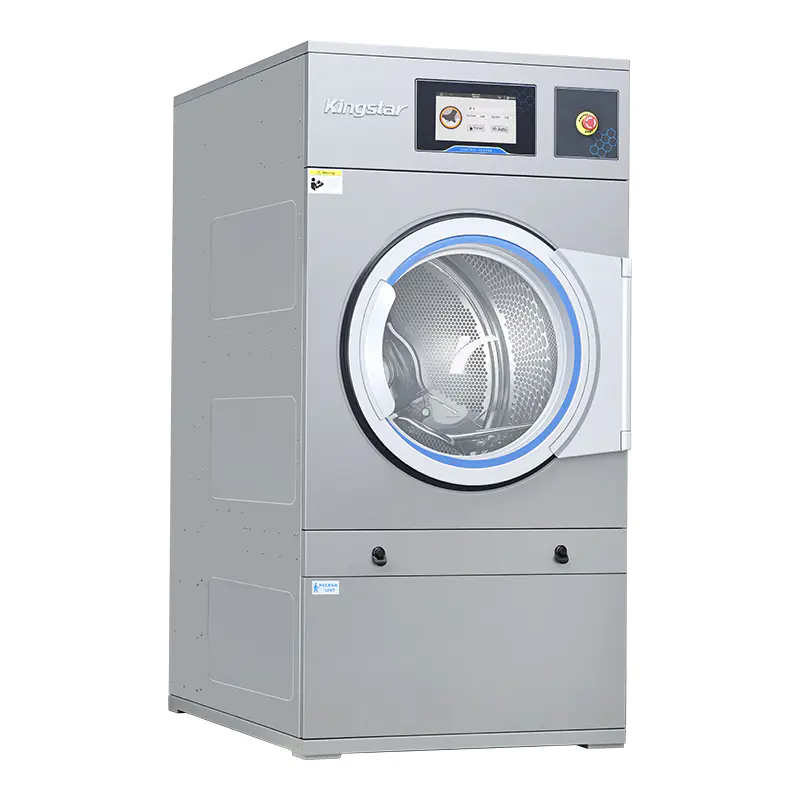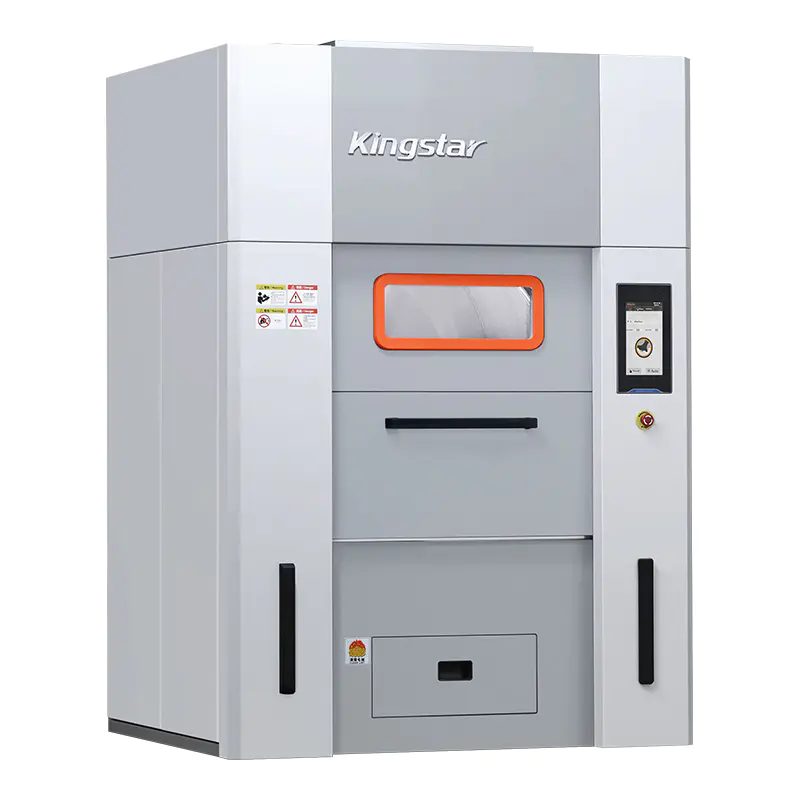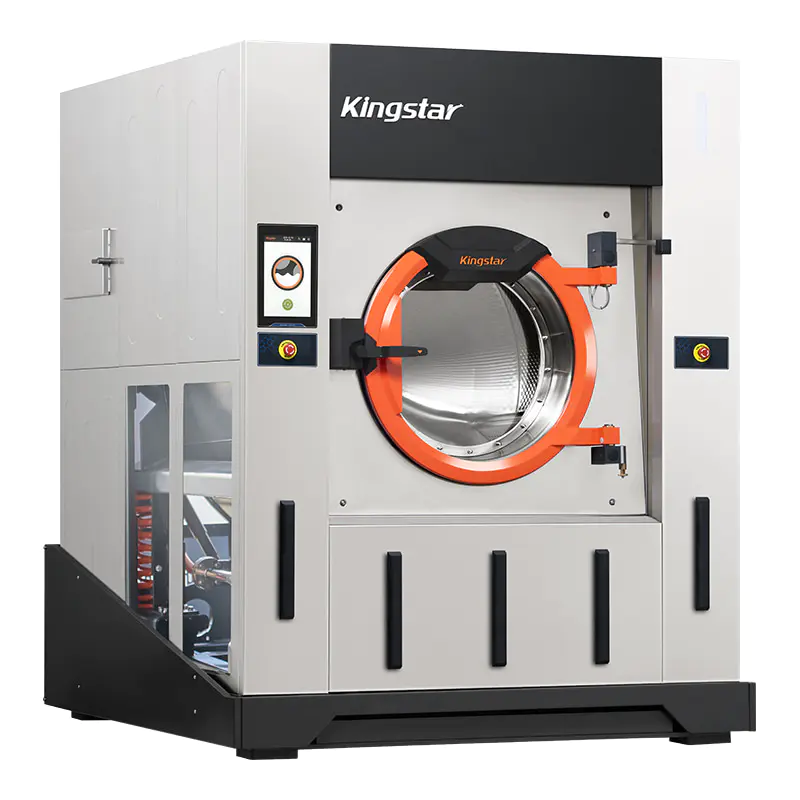
How much energy does an industrial dryer consume and is it energy efficient?
Energy consumption of industrial dryers
In industrial production, dryers are an important equipment widely used in the drying process of various materials. From food processing to chemicals, from textiles to medicines, dryers are used almost everywhere. However, with the improvement of environmental awareness and the rise in energy costs, the energy efficiency of dryers has become a focus of consumer attention. The energy consumption of industrial dryers mainly depends on many factors, including the characteristics of the materials, the working principle of the dryer, and the design and technical level of the equipment. Understanding the energy consumption of industrial dryers can help companies better evaluate their long-term operating costs and make more reasonable investment decisions.
Calculation method of energy consumption of industrial dryers
The energy consumption of industrial dryers is mainly calculated by their power consumption and heat energy consumption. When calculating energy consumption, the power of the dryer, the operating time, and the moisture content and drying speed of the dried materials are usually considered. Different types of dryers (such as drum type, belt type, air circulation type, etc.) have different energy efficiency performance. The power of the equipment is usually measured in kilowatts (kW), and the operating time is another key factor in measuring energy consumption.
For materials that require high temperature drying, dryers usually require higher energy input. The sources of heat energy include electricity, steam or gas. Therefore, the efficiency of heat energy and the heat exchange effect of the equipment directly determine the overall energy efficiency of the dryer.
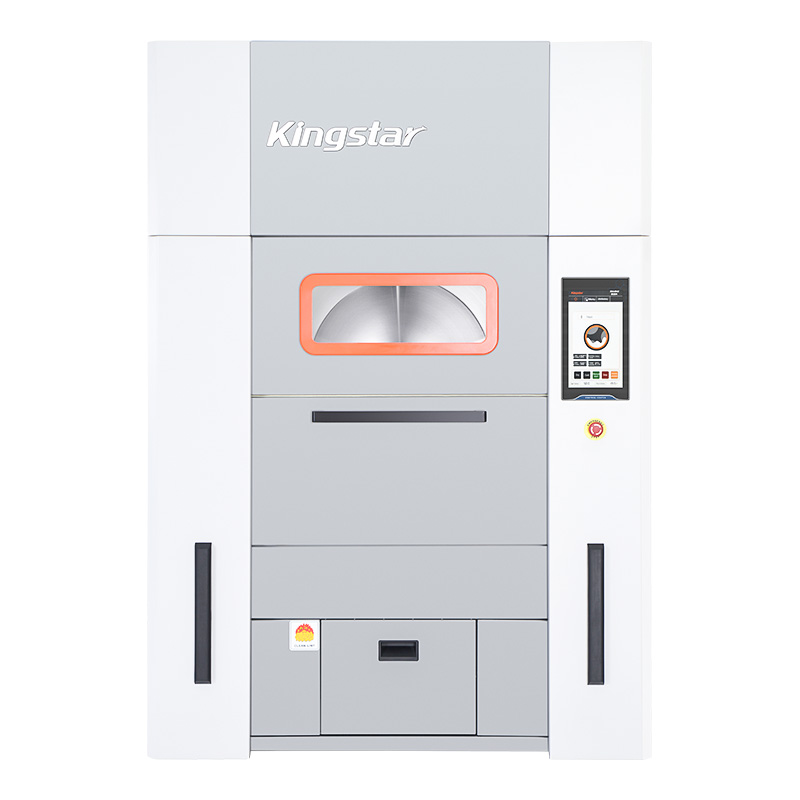
Factors affecting the energy consumption of industrial dryers
Material properties
The moisture content, density and thermal conductivity of different materials will affect the energy efficiency of the drying process. For example, some materials may contain higher moisture, which means that more energy is required to evaporate the moisture during the drying process. Conversely, materials with lower moisture content require less energy. The shape of the material also affects the efficiency of heat transfer. Powdered materials may be easier to dry than bulk materials.
Types of dryers
Different types of dryers have different working principles and energy efficiency performance. For example, there are differences in the thermal efficiency of airflow dryers and drum dryers. Airflow dryers usually use hot air to remove moisture, while drum dryers accelerate moisture evaporation by contacting the material with a hot surface. Each dryer performs differently in terms of heat conversion, hot air circulation and energy loss, so its energy consumption is also different.
Temperature and humidity control during drying
During the drying process, temperature and humidity control is crucial. Too high a temperature will lead to energy waste and may damage some sensitive materials. Too low a temperature will prolong the drying time and increase energy consumption. Therefore, accurate temperature and humidity control is essential for energy saving. Many modern industrial dryers are equipped with automated temperature and humidity control systems, which can adjust the working parameters in real time according to the characteristics of the material, thereby optimizing energy efficiency.
Energy-saving measures for industrial dryers
Optimizing heat energy utilization
Improving the efficiency of heat energy utilization is one of the key ways to reduce the energy consumption of industrial dryers. By improving the heat exchange system, the heat loss can be effectively reduced and the energy utilization rate can be improved. For example, some dryers use double-layer heat exchange technology, which can recover the waste heat in the exhaust gas and use it again to heat fresh air, thereby reducing overall energy consumption.
Use high-efficiency motors
The motor of the dryer is one of the components that consumes a lot of energy. Choosing a high-efficiency motor and adjusting it in combination with frequency conversion technology can effectively reduce energy consumption. The variable frequency motor can automatically adjust the speed according to the load changes, thereby avoiding the frequent start and stop of traditional motors and improving the working efficiency of the equipment.
Automated control system
Modern industrial dryers are usually equipped with intelligent control systems that can automatically adjust operating parameters based on real-time data. By using sensors, control panels and data analysis, companies can more accurately control the drying process and avoid unnecessary energy waste. For example, when the moisture content of the material reaches a predetermined value, the system automatically adjusts the temperature or humidity to prevent over-drying.
Regular maintenance of equipment
Regular maintenance of equipment is essential to maintain the energy efficiency of the dryer. After long-term use, the internal structure of the dryer may have problems such as dust accumulation and blockage, which will affect the flow of hot air and heat exchange, resulting in increased energy consumption. By regularly checking, cleaning and replacing parts, the efficient operation of the equipment can be maintained.
Energy efficiency evaluation of industrial dryers
Energy efficiency ratio
Energy efficiency ratio (EER) is a common indicator for evaluating the energy efficiency of dryers. It is usually measured by calculating the mass of material that can be dried per unit of energy consumption. A higher energy efficiency ratio means that more material can be processed per unit of energy consumed, resulting in lower energy consumption.
Energy Utilization Efficiency
Energy Utilization Efficiency (EUE) is another important indicator, which measures the proportion of energy actually used by the equipment during the entire operation process. An efficient dryer can maximize the use of input energy and reduce energy waste.
Analysis of energy-saving effects of industrial dryers
In actual applications, the energy efficiency of different types of dryers varies greatly. The following is an energy efficiency analysis of several common industrial dryers:
|
Dryer Type |
Energy Efficiency |
Features |
|
Drum Dryer |
High |
High heat exchange efficiency, suitable for large batch drying |
|
Airflow Dryer |
Average |
Direct hot air circulation, suitable for drying lightweight materials |
|
Spray Dryer |
Low |
Suitable for drying liquid materials, but has lower energy efficiency |
The energy consumption of industrial dryers directly affects the operating costs of enterprises, so it is crucial to choose the right type of dryer and energy-saving measures. Although different types of dryers vary in energy efficiency, reasonable selection, optimized operating procedures and regular maintenance can effectively reduce the energy consumption of equipment and improve production efficiency. For enterprises, investing in a high-efficiency industrial dryer can not only reduce energy consumption, but also bring considerable economic benefits in long-term operation.
ADD:No.388 Xinggang Road, Chongchuan District, Nantong City, 226000, Jiangsu Province, China.
-
Phone: +86-13917089379
-
Tel:+86-13917089379
-
Fax:+86-0513-85663366
-
E-mail:[email protected]
